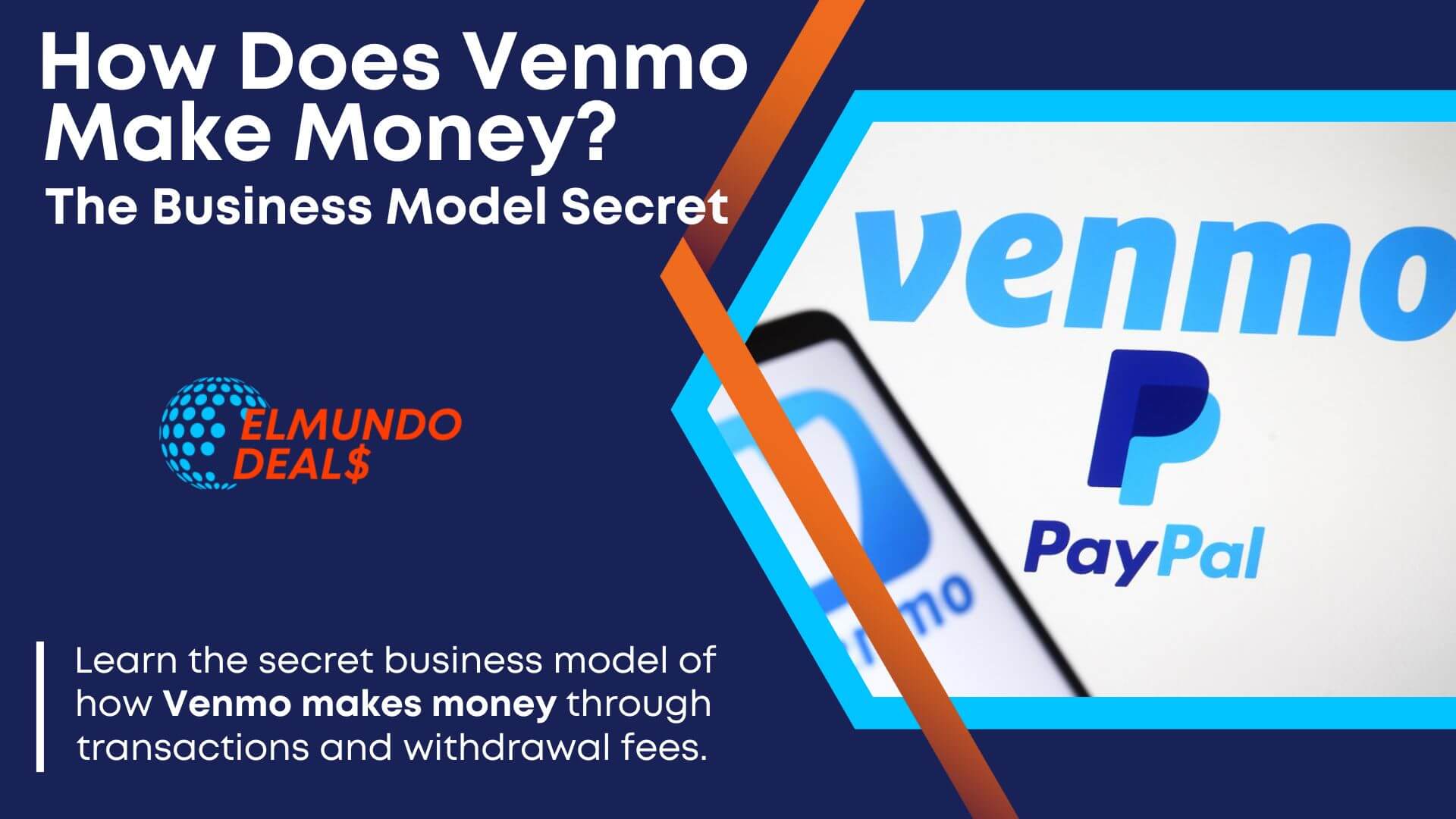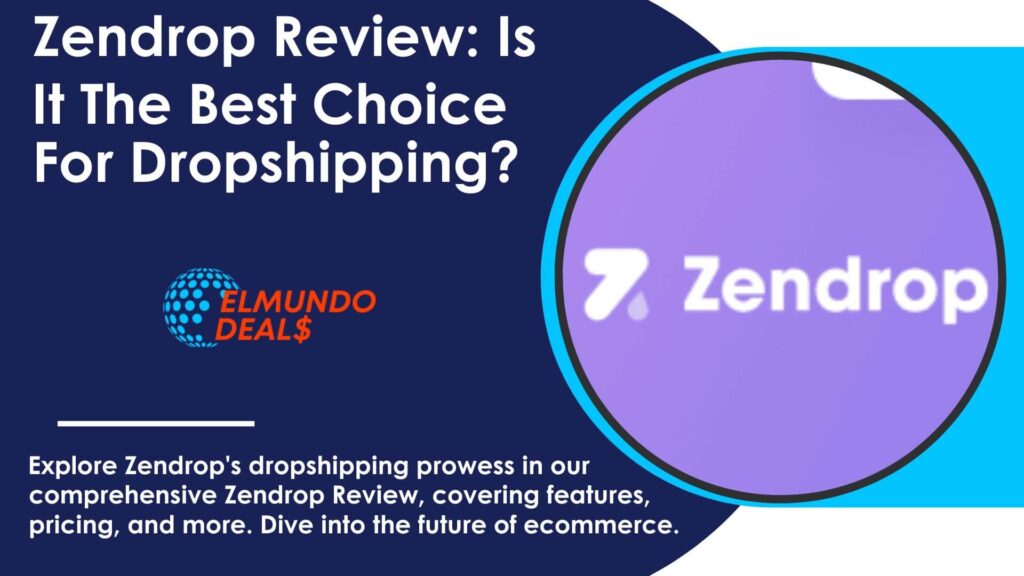How Does Venmo Make Money As A Business Model? – Transactions? Cash?
Venmo, the popular peer-to-peer payment platform, has revolutionized the way people send and receive money, especially among millennials and Gen Z.
Launched in 2009 and acquired by PayPal in 2013, Venmo has become a household name, offering a convenient and user-friendly experience for individuals to split bills, pay friends, and make purchases. But have you ever wondered how Venmo makes money?
One of the critical ways Venmo generates revenue is through its Instant Transfer feature. This option allows users to instantly transfer funds from their Venmo balance to their linked bank account rather than waiting for the standard one to three business days.
However, this service incurs a fee, usually a small percentage of the transferred amount. By offering this convenience, Venmo incentivizes users to pay a fee for immediate access to their funds.
Another source of revenue for Venmo is its integration with businesses. Venmo has expanded beyond peer-to-peer payments and now allows users to make online and offline purchases at select merchants.
When users choose to pay with Venmo at these partner merchants, Venmo earns a transaction fee from the merchant. This arrangement benefits both Venmo by diversifying its revenue streams and the businesses by providing a convenient payment option that appeals to Venmo’s vast user base.
Additionally, Venmo monetizes user engagement through targeted advertising. The platform collects user data, such as transaction history and spending patterns, to deliver personalized advertisements within the app. These ads are designed to promote relevant products and services to users, and Venmo earns revenue from advertisers who pay for ad placements.
While Venmo provides essential money transfer services for free, it generates revenue through various channels. Transaction fees from Instant Transfers, merchant fees from business partnerships, and targeted advertising contribute to Venmo’s profitability.
By capitalizing on its large user base and creating additional value-added services, Venmo thrives as a leading digital payment industry player.

What Is Venmo?
Venmo is a widely popular mobile payment platform that allows users to send, receive, and manage money digitally. Launched in 2009, Venmo gained significant traction among millennials and Gen Z users for its simplicity, social features, and seamless smartphone integration.
The platform quickly became a go-to solution for splitting bills, paying friends, and making purchases.
At its core, Venmo is designed to facilitate peer-to-peer transactions. Users can link their bank accounts, debit cards, or credit cards to Venmo accounts, enabling them to transfer money to and receive money from other Venmo users.
One of the key features that set Venmo apart is its social feed. By default, all transactions made on Venmo are visible to the user’s friends and connections within the app. This feed creates a social and interactive aspect, allowing users to see and engage with their friends’ payments.
Users can like and comment on transactions, adding a layer of social interaction that resembles social media platforms. However, users can choose to make their transactions private or adjust the privacy settings to control the visibility of their activity.
Venmo has expanded its offerings beyond person-to-person payments. It has introduced a feature that enables users to make online and offline purchases at select merchants. By integrating with businesses, Venmo allows users to pay with their Venmo balance or linked payment methods directly at checkout.
This functionality enhances convenience and provides opportunities for Venmo to generate revenue through transaction fees charged to the merchants.
Security is a vital aspect of any digital payment platform, and Venmo takes measures to ensure the safety of its users’ information and transactions. It employs encryption and tokenization techniques to protect sensitive data, and users can set up additional security measures such as multi-factor authentication.
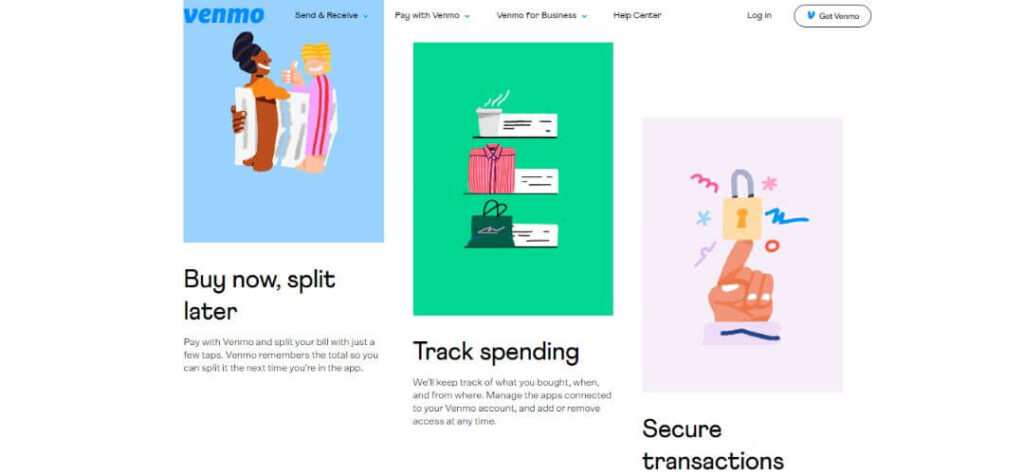
A Short History of Venmo Business Model
Venmo, the popular peer-to-peer payment platform, has come a long way since its inception in 2009. The history of Venmo showcases its evolution from a small start up to a significant player in the digital payment industry, capturing the attention of millions of users along the way.
Venmo was founded by Andrew Kortina and Iqram Magdon-Ismail, two friends who wanted to simplify the process of splitting bills and paying friends. Initially called “TextPayMe,” the idea originated from a conversation between Kortina and Magdon-Ismail during their college years at the University of Pennsylvania.
Realizing the hassle of dividing expenses and needing a more streamlined payment method, they set out to develop a solution.
In 2009, the founders officially launched Venmo as a mobile payment app. The early version of Venmo focused on facilitating payments through text messages, allowing users to send and receive money by simply texting the desired amount and the recipient’s phone number. This simple and intuitive approach resonated with users and quickly gained popularity.
As smartphones became more prevalent, Venmo adapted to the changing landscape by introducing a mobile app in 2010. This transition enhanced the user experience, allowing seamless and convenient transactions directly from smartphones.
In 2012, Venmo caught the attention of Braintree, a prominent online payment platform. Recognizing the potential of Venmo, Braintree acquired the company, paving the way for its expansion and integration with other platforms. This move helped Venmo gain access to a more extensive user base and leverage the resources and expertise of Braintree.
The following year, in 2013, PayPal acquired Braintree, including Venmo, in a significant deal worth $800 million. This acquisition provided Venmo with even more excellent opportunities for growth and access to PayPal’s extensive network of merchants and users.
Under PayPal’s umbrella, Venmo continued to thrive and solidify its position as a leading player in the digital payment space.
In part, Venmo’s success can be attributed to its social aspect. The platform introduced a social feed displaying user transactions, making payments more interactive and engaging. Users could like and comment on transactions, creating a social experience similar to popular social media platforms.
This unique feature added a layer of fun and personal connection to the payment process, further contributing to Venmo’s appeal among younger users.
In recent years, Venmo has continued to innovate and expand its offerings. It introduced features like Instant Transfer, which allows users to transfer funds from their Venmo balance to their bank accounts instantly for a fee.
Additionally, Venmo expanded its integration with businesses, enabling users to make online and offline purchases at select merchants, further diversifying its revenue streams.
The popularity of Venmo skyrocketed, especially among millennials and Gen Z users who embraced its user-friendly interface, social feed, and convenience. Venmo has become a household name, with millions of users relying on the platform for various payment needs.
Thus, Venmo has come a long way from its early days as TextPayMe. Its journey from a start up to being acquired by Braintree and subsequently by PayPal demonstrates its rapid growth and industry impact.
Through its focus on simplicity, mobile accessibility, and social features, Venmo has revolutionized how people send and receive money, becoming a dominant force in the digital payment landscape. As Venmo continues to evolve and introduce new features, it remains a crucial player in the ever-expanding realm of digital transactions.
Also check the following:
- 9 Tips For Writing Product Descriptions That Sell Instantly
- 7 Best Payment Gateways For Shopify Stores In 2023: Payment Method
- What Is Ecommerce Marketing? Strategies, Tools, Tips & More
- 25+ Best Shopify Apps To Grow Your Ecommerce Store In 2023
- 10 Unbelievable Winning Shopify Dropshipping Store Examples (2023)

How Does Venmo Make Money?
Venmo, the popular peer-to-peer payment platform, generates revenue through several channels while offering its core services for free. Here are some of the ways Venmo makes money:
Transaction Fees:
While the basic functionality of sending and receiving money between individuals is free on Venmo, the platform charges fees for certain premium features. For example, users can opt for an Instant Transfer service to move funds from their Venmo balance to their linked bank account instantly.
This service incurs a small fee, usually a percentage of the transferred amount, providing users with immediate access to their funds for a cost.
Merchant Fees:
Venmo has expanded its services beyond person-to-person payments and integrated with select merchants, allowing users to make online and offline purchases using Venmo. When users pay with Venmo at these partner merchants, Venmo earns transaction fees from the merchants.
This mutually beneficial arrangement provides businesses with an additional payment option and Venmo with revenue from merchant transactions.
Venmo Debit Card:
Venmo offers a debit card that users can link to their Venmo account. When users make purchases using the Venmo debit card, Venmo earns a percentage of the transaction as interchange fees. These fees are charged to the merchant for processing the transaction.
Instant Cash Out:
Venmo allows users to transfer their Venmo balance instantly to a linked debit card. While there are no fees for standard bank transfers, Venmo charges a nominal fee for the convenience of immediate access to funds through instant cash-outs.
Advertising:
Venmo leverages user data, including transaction history and spending patterns, to deliver targeted advertisements within the app. Advertisers pay Venmo for ad placements, allowing them to promote their products or services to Venmo’s large user base. This targeted advertising serves as an additional revenue stream for Venmo.
Thus, Venmo generates revenue through transaction fees associated with premium features like Instant Transfers and merchant fees from partner businesses. The Venmo debit card and instant cash-out options also contribute to its revenue stream.
Additionally, Venmo monetizes user engagement through targeted advertising. These various avenues allow Venmo to sustain its operations and provide free essential payment services to its users.
Who Are Venmo’s Biggest Competitors?
As a leading peer-to-peer payment platform, Venmo faces competition from several players in the digital payment industry. Some of Venmo’s most significant competitors include:
1. PayPal:

As the parent company of Venmo, PayPal offers its peer-to-peer payment service called PayPal.me. PayPal has a large user base and offers a range of payment solutions, including online payments and merchant services. While the same company owns Venmo and PayPal, they cater to different demographics and have unique features.
2. Cash App:
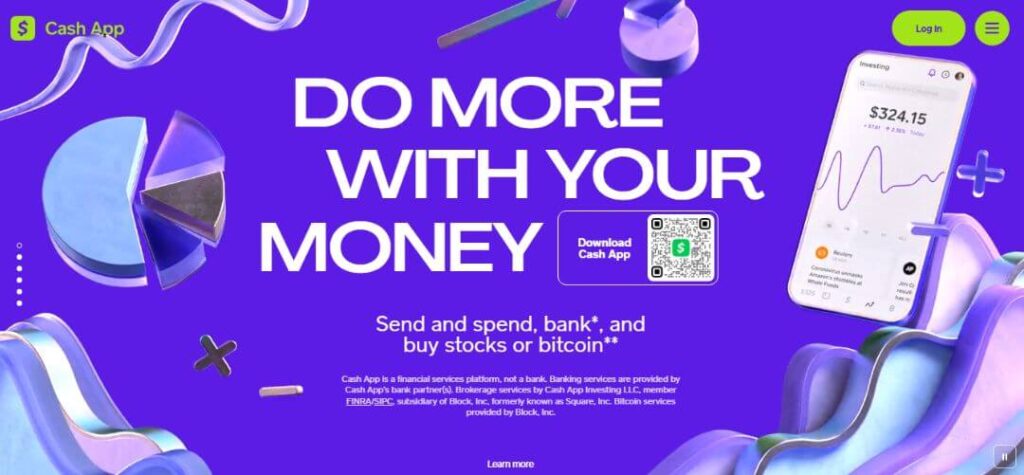
Developed by Square, Cash App is a popular peer-to-peer payment platform that allows users to send and receive money, invest in stocks, and buy Bitcoin. Cash App gained popularity for its straightforward interface and quick setup process, attracting a significant user base, particularly among younger demographics.
3. Zelle:
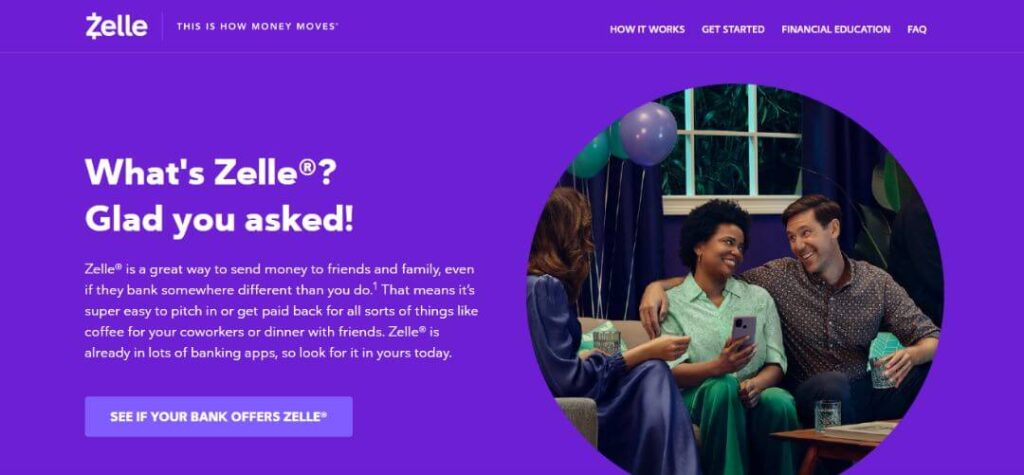
Zelle is a digital payment network that enables users to send money directly from their bank accounts to recipients within the network. Zelle distinguishes itself by focusing on fast, secure, and direct bank transfers, making it an attractive option for users who prioritize speed and seamless integration with their existing bank accounts.
4. Apple Pay:
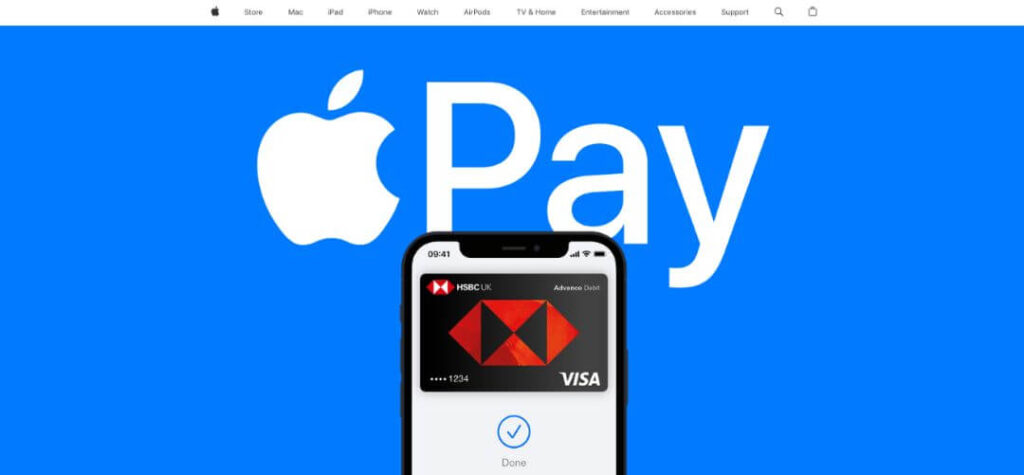
Apple Pay, integrated into Apple devices, allows users to make in-store and online payments using their Apple devices. With its secure and convenient contactless payment system, Apple Pay competes with Venmo by providing users with an easy and widely accepted payment solution.
5. Google Pay:

Google Pay, available on Android devices, offers similar functionalities to Venmo, including peer-to-peer payments and in-store purchases. With its broad integration across various Google services and devices, Google Pay appeals to users who value seamless connectivity and the convenience of a unified ecosystem.
While these competitors pose significant challenges to Venmo, it’s worth noting that Venmo has managed to carve out a distinct market segment, particularly among younger users, with its social feed, user-friendly interface, and integration with businesses.
Nonetheless, the digital payment landscape remains competitive, with these players vying for users’ attention and loyalty by constantly innovating and expanding their services.
Does Venmo Have Any Limitations?
While Venmo is a popular and widely used payment platform, it does have some limitations that users should be aware of:
Limited International Availability:
Venmo is primarily available for users within the United States. International users or those looking to send money abroad must explore alternative platforms, as Venmo’s services are restricted to domestic transactions.
Limited Merchant Acceptance:
While Venmo has expanded its integration with select merchants, it may only be accepted by some businesses. Users may need help using Venmo for purchases, especially at smaller or less tech-savvy establishments. Checking for Venmo acceptance before assuming it can be used as a payment method is essential.
Privacy Concerns:
Venmo’s social feed, which displays users’ transactions by default, may raise privacy concerns for some users. While privacy settings can be adjusted to limit the visibility of transactions, the default public nature of payments can be a drawback for those who prefer more discreet financial transactions.
Transaction Limits:
Venmo imposes certain limits on transaction amounts. These limits can vary based on account verification status and transaction history. Users may encounter restrictions when attempting to send or receive more significant amounts of money, which can be a limitation for certain financial transactions.
Customer Support:
Venmo’s customer support can be a point of frustration for some users. While the platform offers support channels such as email and social media, the response times and overall customer service experience may only sometimes meet users’ expectations, especially during peak periods or when urgent assistance is needed.
Users must know these limitations and consider their needs and preferences when choosing a payment platform. Understanding the strengths and weaknesses of Venmo can help users make informed decisions and explore alternative options when necessary.
Why Is Venmo So Popular?
Venmo has gained immense popularity for several reasons. Its user-friendly interface and simple payment process make it incredibly easy to send and receive money between individuals. The app’s intuitive design and straightforward functionality have contributed to its widespread adoption.
Secondly, Venmo’s social feed has played a significant role in its popularity, especially among younger users. The ability to see and interact with friends’ transactions, including likes and comments, creates a social experience that resonates with the social media generation.
Additionally, Venmo’s integration with businesses and its expansion into making purchases at select merchants online and offline has expanded its usability beyond person-to-person payments. It has made Venmo a convenient and versatile payment option for users in various contexts.
Furthermore, Venmo’s affiliation with PayPal, a trusted and established name in online payments, has provided credibility and reliability that attracts users who value security and seamless integration with their existing financial ecosystem.
Overall, its user-friendly interface, social aspect, merchant integration, and association with PayPal contributed to Venmo’s widespread popularity and made it a go-to choice for many individuals seeking a convenient and socially engaging payment solution.
Related:
- 7 Best Inspiring Ecommerce Pricing Strategies For Your Products
- 7 Best Shopify Alternatives In 2023 To Skyrocket Your Ecommerce
- The Pros And Cons Of Selling On Amazon Vs EBay – Better For Sellers?
- The Pros And Cons Of Selling Online On Shopify Vs Etsy In 2023
- How To Choose The Best Ecommerce Domain Name: Ultimate Guide
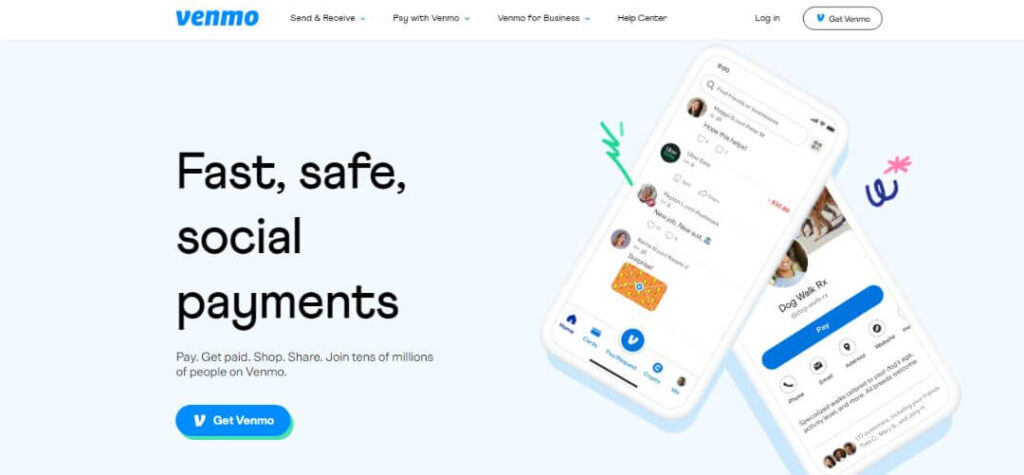
Is the Venmo App Safe and Secure For Users?
Venmo prioritizes the security and privacy of its users. The app implements encryption and tokenization techniques to protect sensitive data, ensuring secure transactions. Venmo offers security features such as multi-factor authentication and setting up a PIN or fingerprint lock for added protection.
While no system is immune to risks, Venmo safeguards user information and provides resources for users to protect their accounts. Users must maintain reasonable security practices, such as using strong passwords and being cautious of potential phishing attempts, to further enhance their safety when using the Venmo app.
Conclusion: Ways Venmo Makes Money
Venmo is primarily accessible through its mobile app, available on both iOS and Android devices. The app provides a user-friendly interface, allowing users to view their transaction history, manage their settings, and easily navigate the various features.
Thus, Venmo is a mobile payment platform revolutionizing how people send, receive, and manage money. With its peer-to-peer payment capabilities, social feed, and business integration, Venmo has gained widespread popularity as a convenient and socially engaging payment solution.
Whether splitting bills with friends, paying for purchases, or simply keeping track of expenses, Venmo has become an essential tool for millions of users seeking a seamless digital payment experience.

